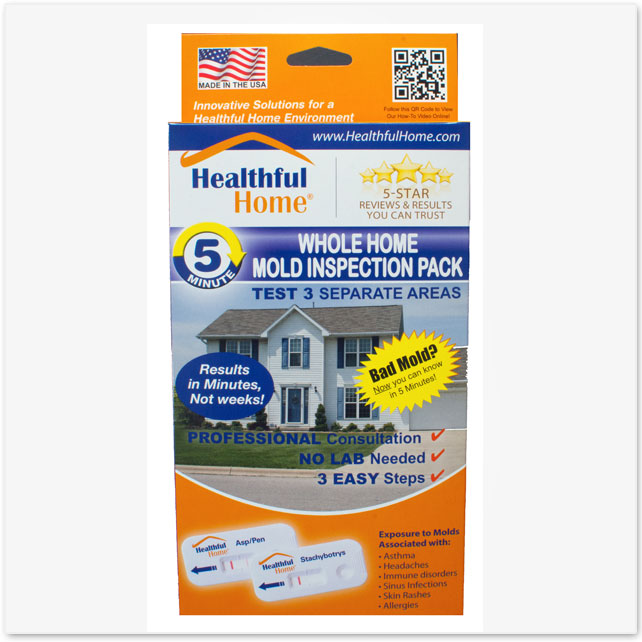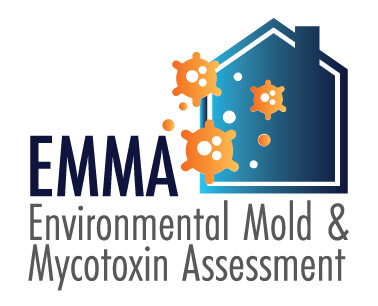Mycotoxin testing Services: Making certain High Quality and Safety in Your Supply Chain
Mycotoxin testing Services: Making certain High Quality and Safety in Your Supply Chain
Blog Article
Just How Mycotoxin Screening Helps Prevent Contamination and Protect Food Materials

Mycotoxin screening is an indispensable technique in the food sector, offering as a frontline protection versus contamination by harmful contaminants created by molds. Through the application of innovative techniques like High-Performance Fluid Chromatography (HPLC) and Fluid Chromatography-Mass Spectrometry (LC-MS), food producers can properly evaluate and spot mycotoxin levels in farming items.
Recognizing Mycotoxins
Recognizing mycotoxins starts with identifying that they are toxic secondary metabolites generated by particular mold and mildews, which can infect farming items. These metabolites are not necessary for the development or recreation of the fungi but can have severe implications for animal and human health and wellness. Mycotoxins are frequently discovered in staple crops such as corn, wheat, barley, and nuts, where they can proliferate under specific problems of dampness and temperature.
There are numerous kinds of mycotoxins, each created by different fungal species. Fusarium species generate trichothecenes and fumonisins, both of which are associated with various intense and persistent health and wellness issues.

Threats of Mycotoxin Contamination
The risks of mycotoxin contamination are complex, posturing considerable threats to both food security and public wellness. Mycotoxins, toxic compounds generated by certain kinds of fungis, can pollute a wide range of farming products including grains, nuts, spices, dried out fruits, and coffee.
Economic influences are another significant concern. Polluted plants can result in significant financial losses for farmers and food producers as a result of decreased returns and the need for expensive purification measures. Global profession can be considerably impeded as nations enforce stringent mycotoxin laws to safeguard their populaces, leading to turned down shipments and strained profession connections.
Ecological aspects such as environment modification intensify the threat of mycotoxin contamination. Variations in temperature level and humidity can produce desirable conditions for fungal growth, increasing the probability of contamination occasions. Thus, understanding and alleviating these risks are crucial for making certain the security and stability of international food supplies.
Techniques of Mycotoxin Checking
Accurately identifying mycotoxin contamination in farming items is essential for securing public health and keeping food safety standards. Different techniques are employed to spot and measure mycotoxins, each offering certain benefits and restrictions.
High-Performance Liquid Chromatography (HPLC) is a commonly utilized technique because of its high level of sensitivity and accuracy. It entails dividing mycotoxins from other substances in a sample, allowing accurate metrology. In A Similar Way, Fluid Chromatography-Mass Spectrometry (LC-MS) incorporates fluid chromatography with mass spectrometry to give in-depth molecular info, making it especially beneficial for determining multiple mycotoxins concurrently - Mycotoxin testing Services.

Gas Chromatography-Mass Spectrometry (GC-MS) and Thin-Layer Chromatography (TENDER LOVING CARE) are additionally employed, each with distinct applications. GC-MS is reliable for unpredictable mycotoxins, while tender loving care offers a simpler, affordable option for preliminary screening.
Benefits of Routine Evaluating
Regular testing for mycotoxins in agricultural products provides countless benefits, considerably contributing to public health and wellness and food security. By determining contamination early, normal screening assists stop the distribution of toxic foods, thereby minimizing the threat of mycotoxin-related diseases amongst customers. This aggressive approach not just safeguards human health and wellness but likewise enhances the total top quality of food supplies.
Regular testing additionally sustains regulatory compliance. Various nations and areas have actually established rigorous limits for mycotoxin degrees in food and feed. Following these limits Clicking Here via regular testing ensures that suppliers and producers meet lawful criteria, thereby staying clear of my latest blog post penalties and profession obstacles. Keeping compliance fosters customer count on and brand credibility, which are crucial for market success.
Furthermore, normal mycotoxin testing can result in considerable financial benefits. Early discovery of contamination enables for prompt intervention, lowering potential losses from extensive contamination. Applying routine testing procedures can additionally reduce recall prices and related liabilities, which can be economically ruining.
Additionally, routine screening supplies important data that can notify better farming methods and storage conditions. By understanding patterns of contamination, manufacturers can adopt precautionary procedures, therefore lowering future risks and adding to the sustainability of the food supply chain.
Carrying Out Examining Protocols
Implementing efficient mycotoxin testing procedures is important for making sure the security and high quality of agricultural products. Each phase needs to be looked at to pinpoint where mycotoxin contamination is most likely to happen.
Once critical control points are identified, choosing appropriate screening methods is necessary. Typical strategies include enzyme-linked immunosorbent assay (ELISA), high-performance fluid chromatography (HPLC), and mass spectrometry (MS) Each technique has its weaknesses and strengths; hence, picking the appropriate one depends upon the particular mycotoxin being examined, the needed sensitivity, and readily available sources.

Last but not least, incorporating the testing protocols into a comprehensive food security management system is suggested. This boosts traceability and allows swift rehabilitative activities when contamination is discovered, therefore guarding the stability of the food supply chain.
Verdict
Mycotoxin screening is vital in stopping contamination and guarding food materials by making it possible for early detection of damaging toxins created by molds in agricultural products. Routine screening boosts brand name credibility, monetary security, and count on in food safety and security by minimizing contamination-related losses and preserving high criteria in food production.
Mycotoxin testing is a crucial practice in the food industry, offering as a frontline defense against contamination by harmful contaminants created by mold and mildews. An integrated technique involving agricultural methods, storage monitoring, and regular screening can alleviate the risks associated with mycotoxin contamination, ensuring food security and public wellness.
The threats of mycotoxin contamination are multifaceted, posturing significant risks to both food safety and security and public health and wellness.Routine screening for mycotoxins in agricultural products provides many benefits, considerably adding to public health and food safety and security.Mycotoxin testing is important in avoiding contamination and securing food products by enabling very early detection of hazardous toxins created by molds in farming products.
Report this page